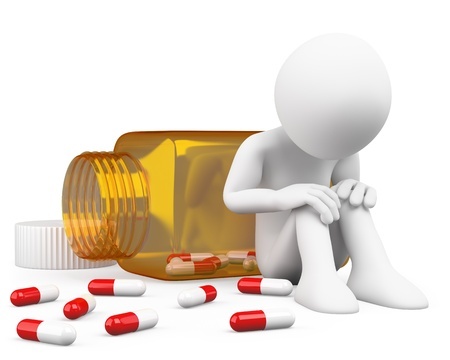Is The Cure Worse Than The Disease?

April 6, 2017
Nearly 70 percent of Americans are prescribed at least one prescription drug, and more than 50 percent are prescribed two or more. That’s seven out of every ten Americans taking prescription drugs. The most common prescribed drugs are antidepressants, anti-anxiety drugs and painkilling opioids, according to the Mayo Clinic News Network.
Are all these prescription drugs really necessary?
While most prescribed drugs provide temporary relief from symptoms, they often don’t cure the problem. In addition, many come with severe side effects, specifically anti-anxiety and antidepressant drugs such as Chlordiazepoxide, for anxiety in general, and Fluoxetine, also know as Prozac, for depression.
According to WebMD, side effects include temptation, drug dependence, addiction, agitation and irritability. Side effects can also include low blood pressure, nausea, headaches, a lack of coordination, dizziness, drowsiness, difficulty thinking and allergic reactions. Also reported are memory loss, decreased IQ, bleeding, heart problems and possible fatal lung disease.
Some drugs can also cause a “paradoxical effect” whereby the symptoms worsen rather than improve. This brings us back to the unusual side effects of anti-anxiety and depression pills, which sometimes actually increase anxiety and depression.
Some people report experiencing suicidal thoughts or actions while on particular drugs, as well as unusual emotions such as anger and irritability, which could lead to the mixing of other drugs and prescribed pills, possibly causing hallucinations, diarrhea or constipation and severe weight gain or loss.
“They are the most difficult drugs to withdraw from,” says Calm Clinic, a website dedicated to informing users about prescriptions drugs. And yet “they’re prescribed to millions.”

